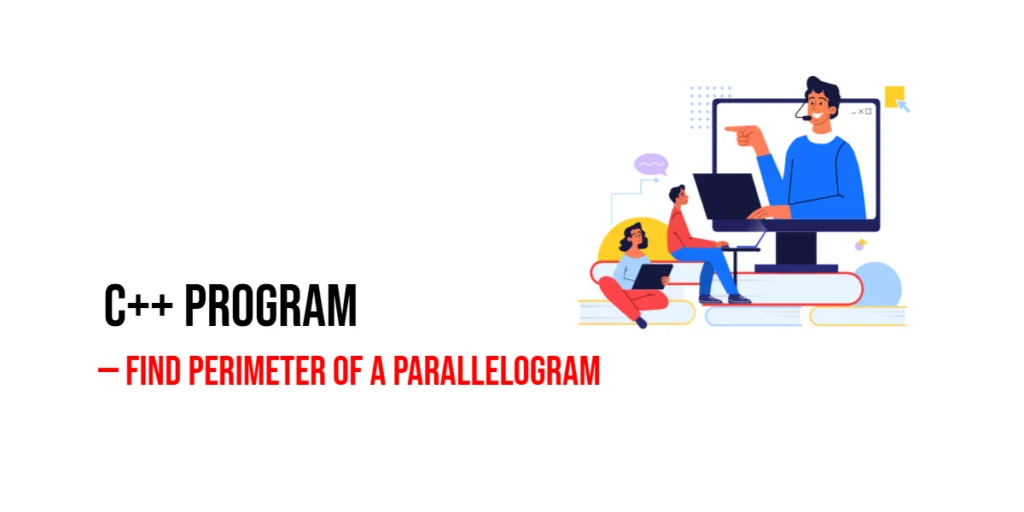C++ Program to Find Surface Area of a Cylinder
A cylinder is one of the most common 3D shapes, appearing in objects like cans, pipes, and tanks. Calculating its surface area is useful in engineering, construction, and manufacturing. Learning how to compute the surface area in C++ gives beginners practice with mathematical formulas, input/output handling, and basic programming constructs. Program 1: Surface Area Using […]
C++ Program to Find Surface Area of a Cylinder Read More »









